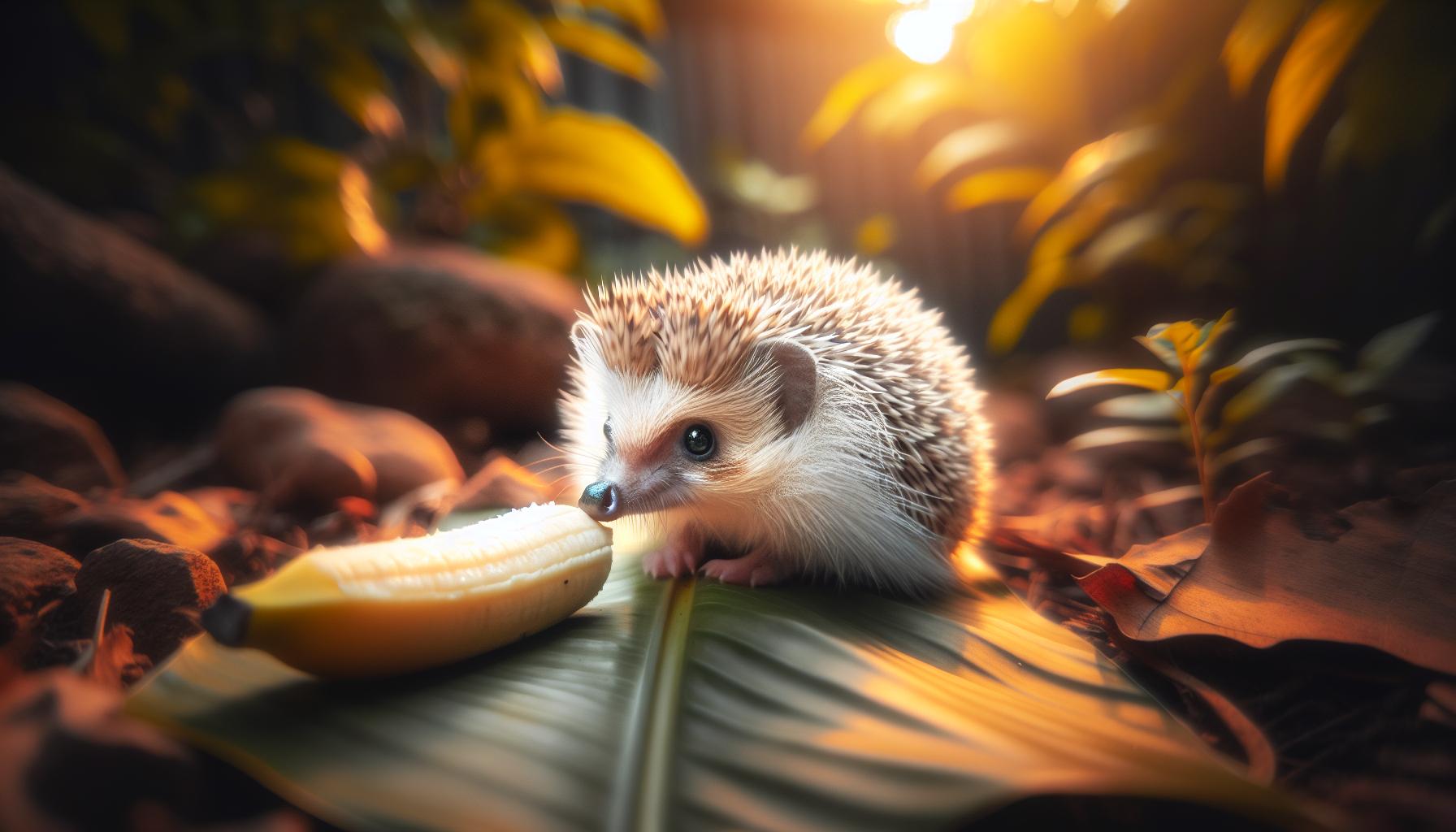Write a text for the second part of the outline. Write 4-6 paragraphs with 3-4 sentences each for each heading. Make the headings 2nd level headings (## in markdown). Use short sentences, if possible. The text for each heading should have at least 300 words. At the end of each heading’s section, write a bulleted list with 3 major takeaways of the heading’s section. Label it ‘Kernpunkte:’ in bold. Write the bulleted list in markdown (use * to create the bullets). Do not write a conclusion in the end, as part 3 is still to follow. Do not write that there is a next part. Do not write what to expect in the next part. The split into parts is just for internal use. The total word count for the second part should be more than 800 words. Do not use the term blog in any way. Use markdown for formatting the text. Start directly with the first H2 heading of the second part. Write in German language. Use a friendly and professional tone of voice and make the content engaging and fun to read.
Write a text for the third part of the outline. Write 4-6 paragraphs with 3-4 sentences each for each heading. Make the headings 2nd level headings (## in markdown). Use short sentences, if possible. The text for each heading should have at least 300 words. At the end of each heading’s section, write a bulleted list with 3 major takeaways of the heading’s section. Label it ‘Kernpunkte:’ in bold. Write the bulleted list in markdown (use * to create the bullets). The total word count for the third part should be more than 800 words. Do not use the term blog in any way. Use markdown for formatting the text. Start directly with the first H2 heading of the third part. Write in German language. Use a friendly and professional tone of voice and make the content engaging and fun to read.
Write an FAQs section for the blog post. Make the FAQs section a 2nd level heading (## in markdown) titled ‘FAQs’. Write each FAQ as a 3rd level heading (### in markdown) for the question, and provide a short but complete answer in the paragraph below. Write 3-6 questions for the FAQs.
Wann sind Igel normalerweise aktiv und wann sollte ich sie füttern?
Igel sind nachtaktive Tiere. Sie sind am besten in der Abenddämmerung oder nachts zu beobachten und zu füttern, wenn sie aktiv auf Nahrungssuche sind. Stellen Sie das Futter gegen Abend bereit, damit es zur Hauptaktivitätszeit der Igel verfügbar ist.

